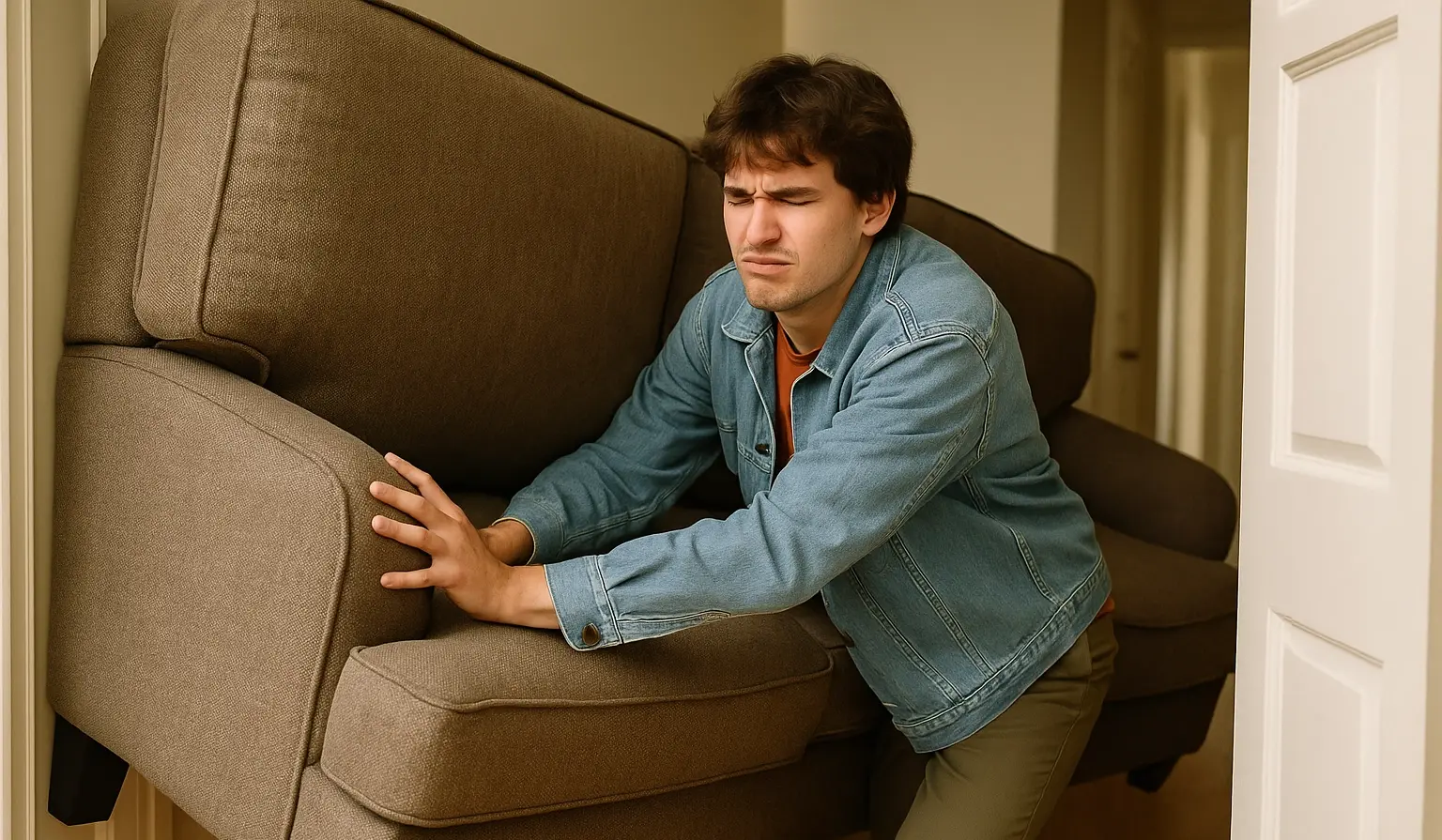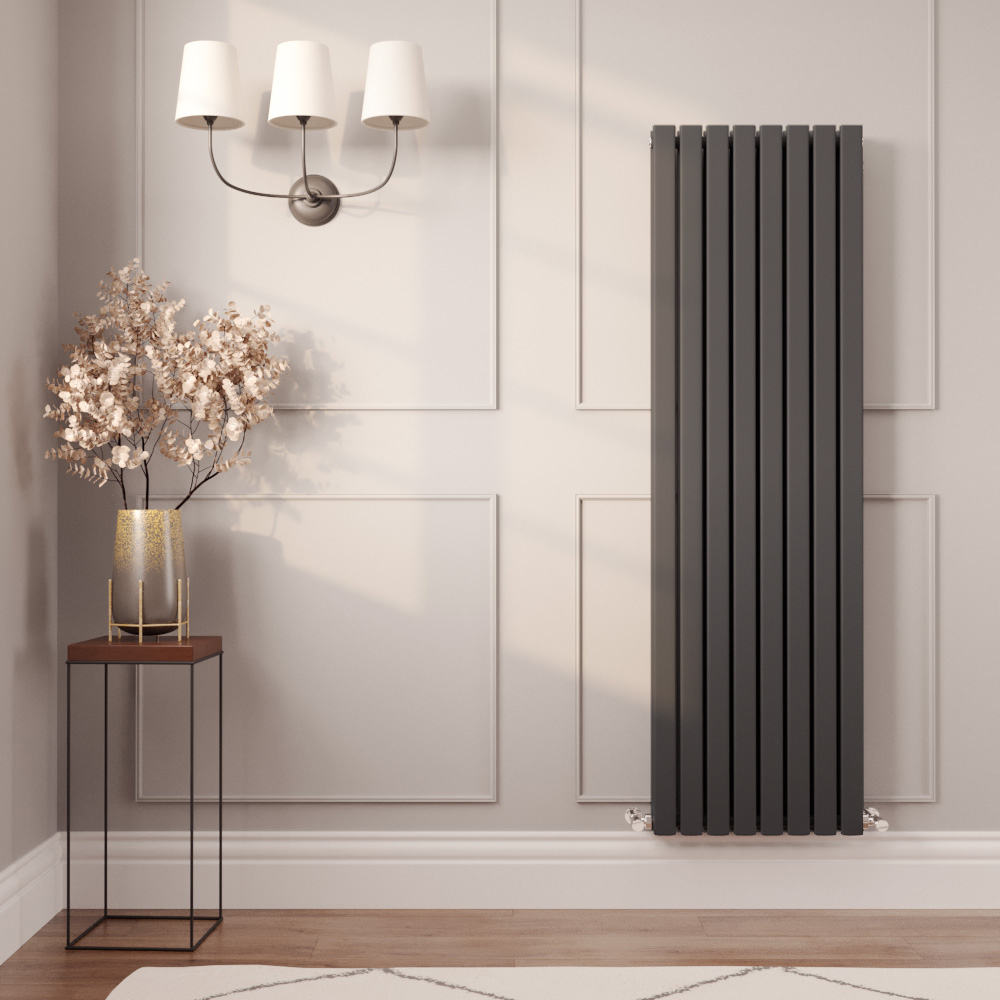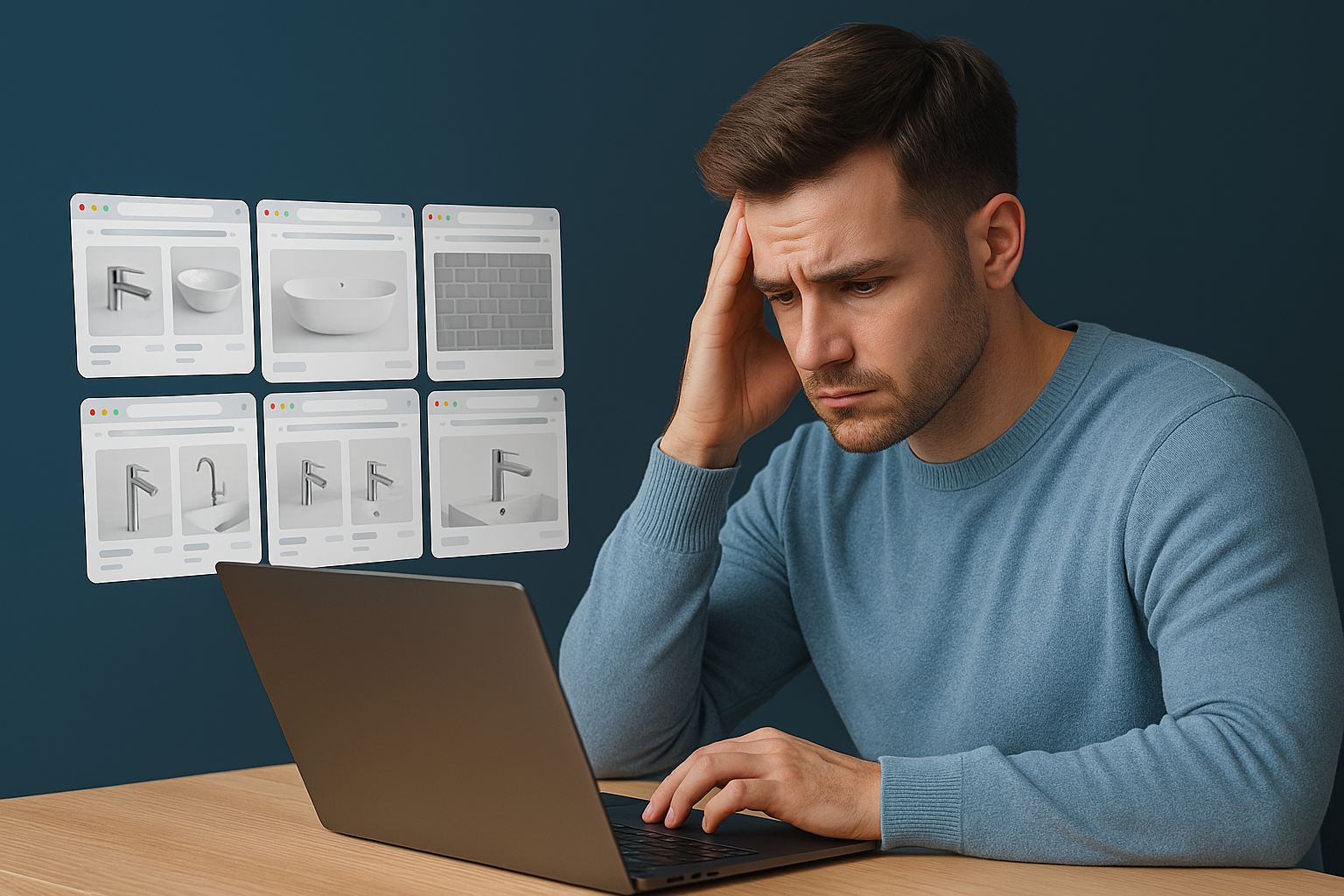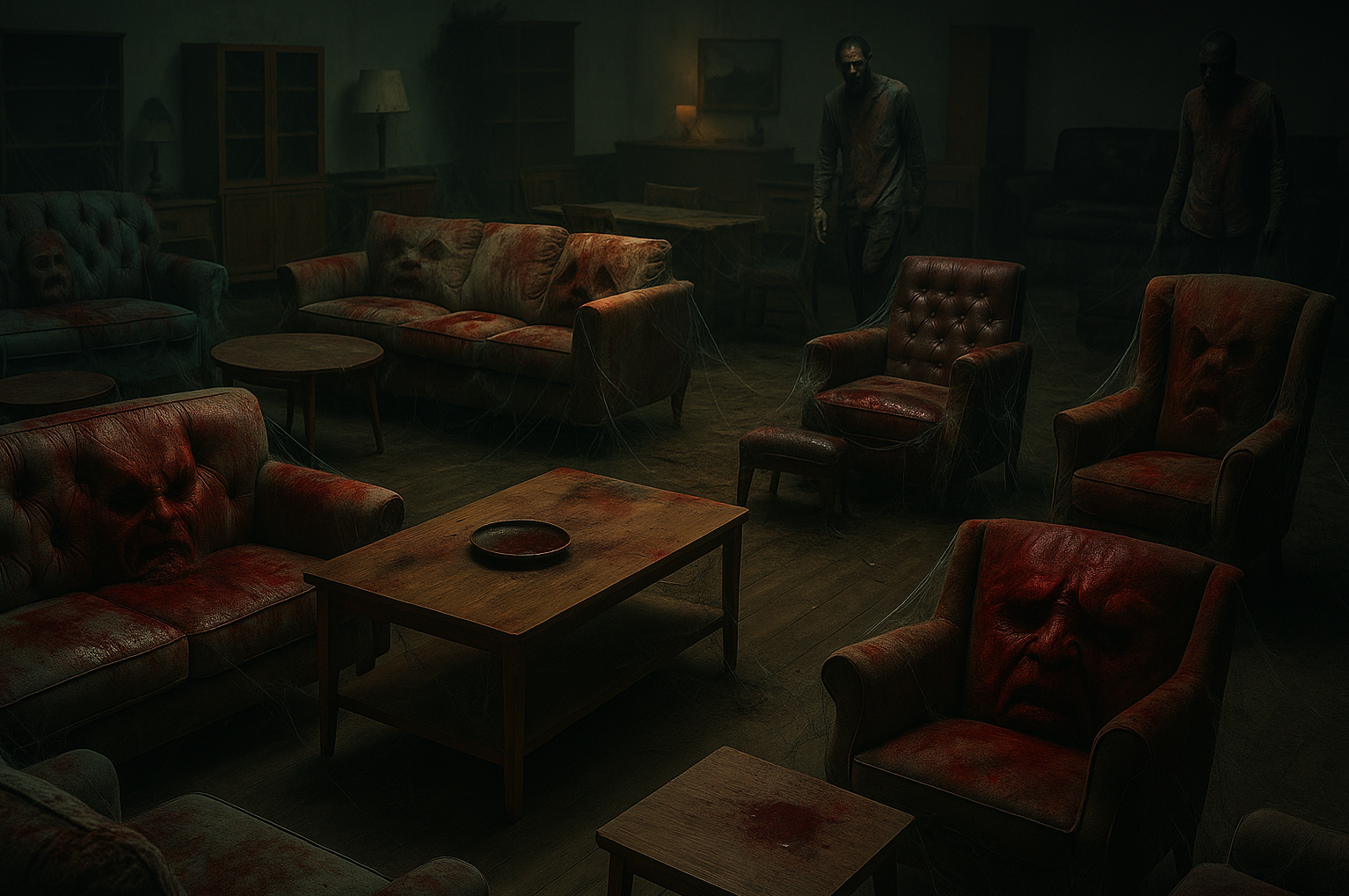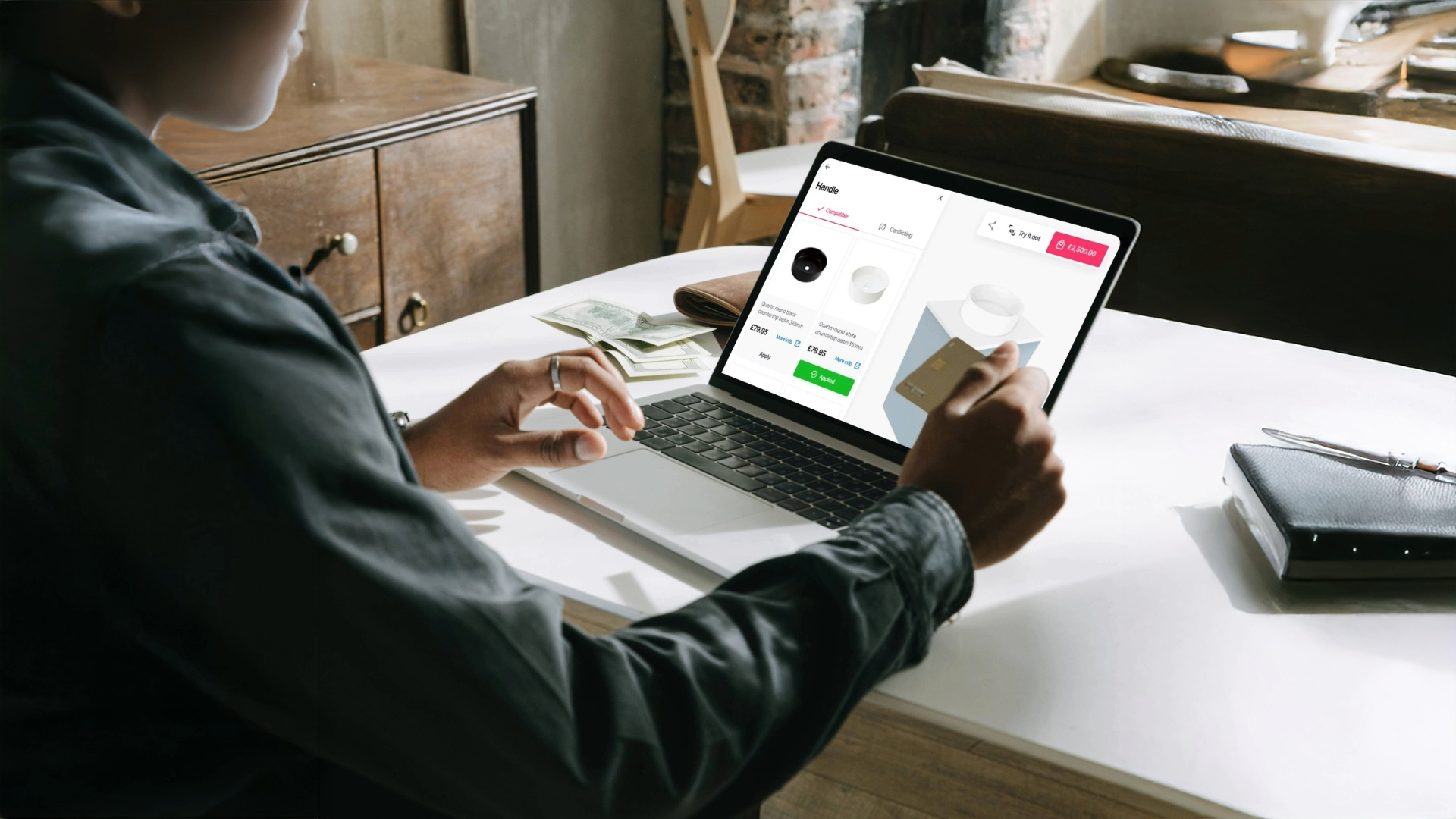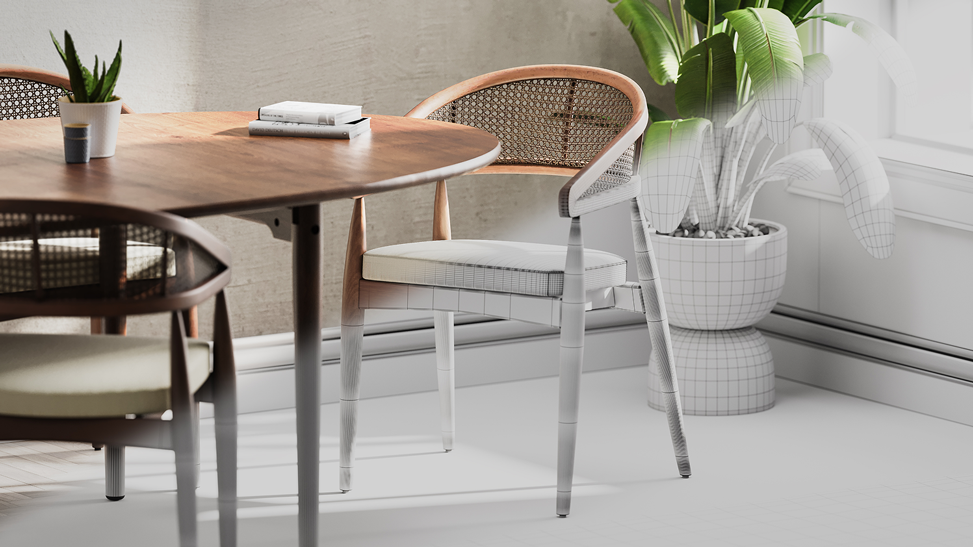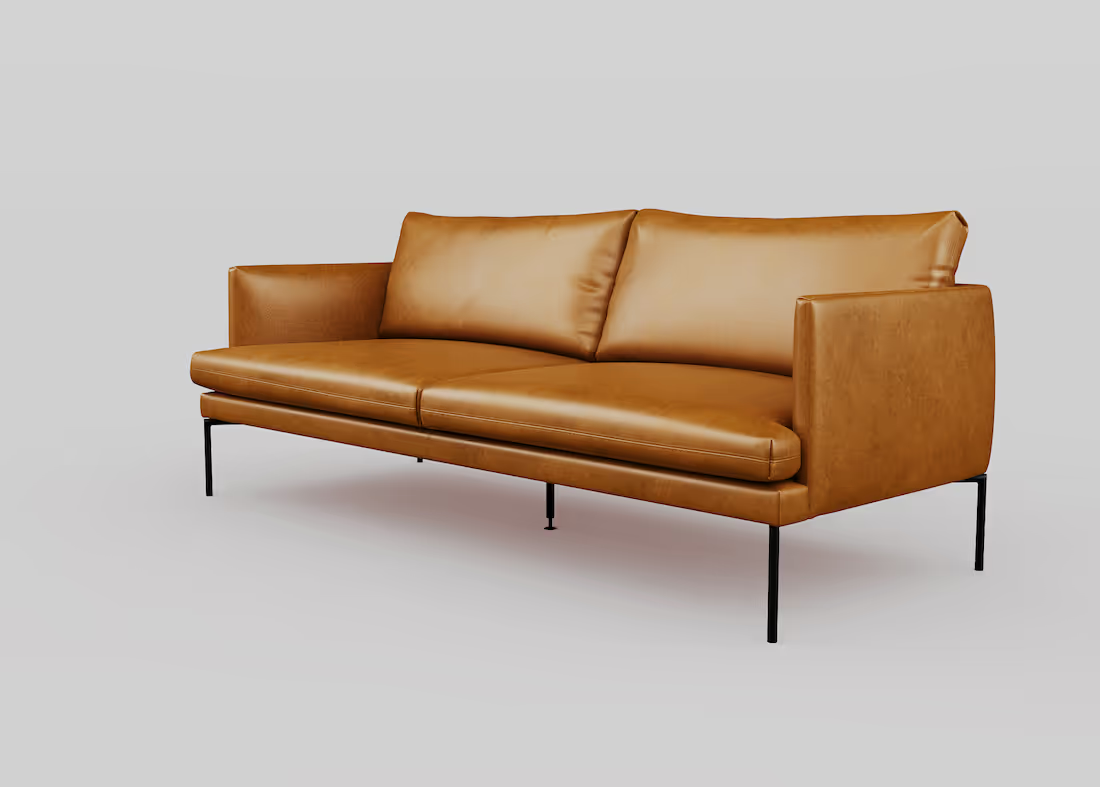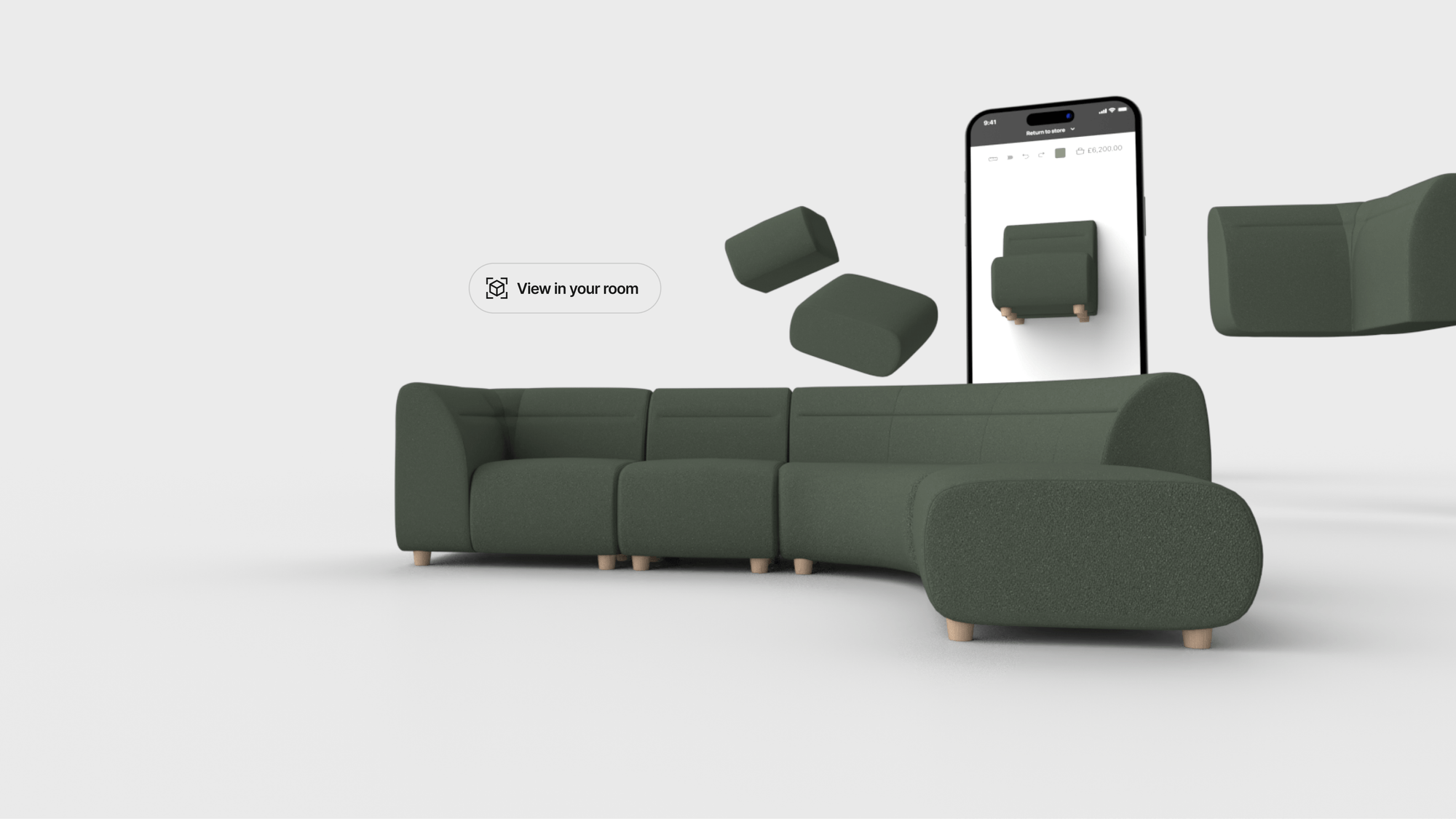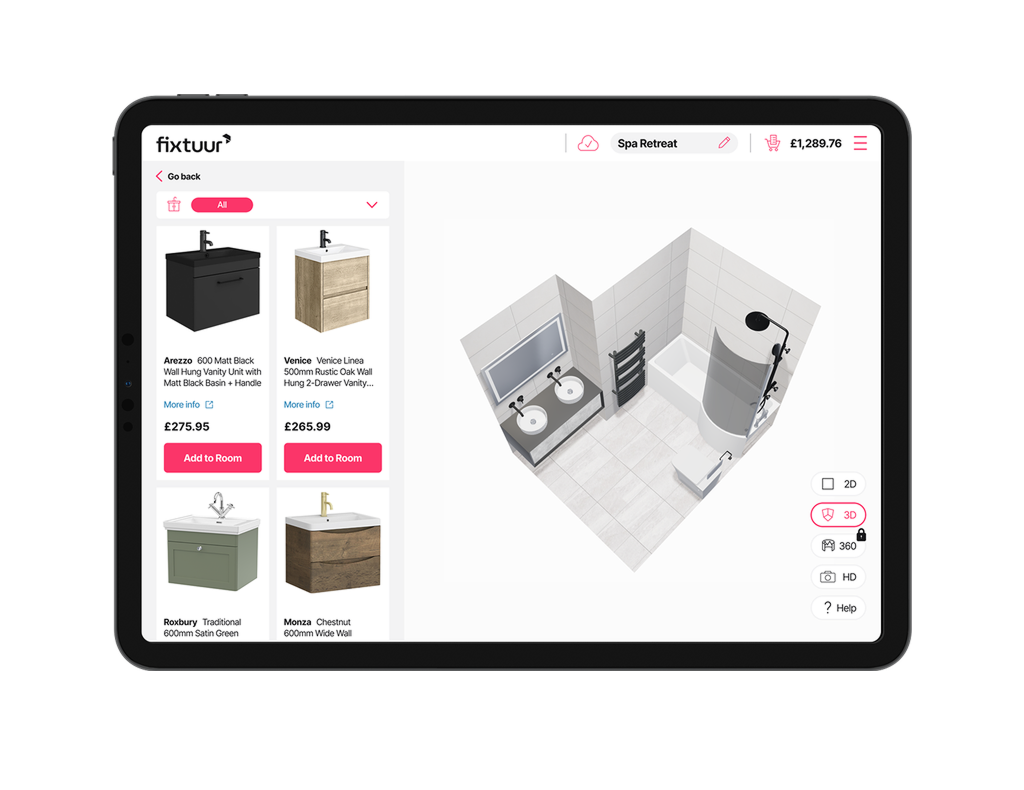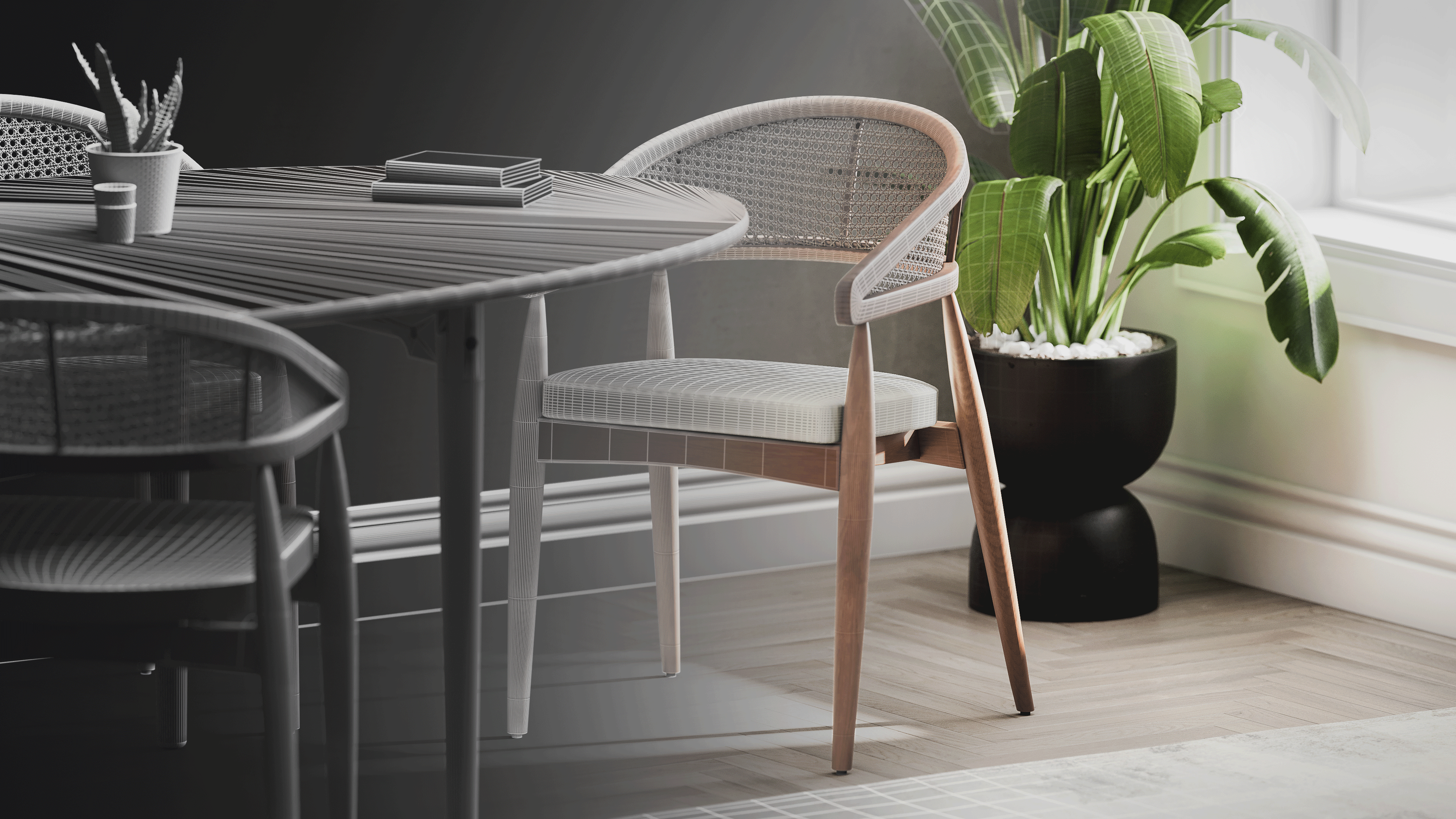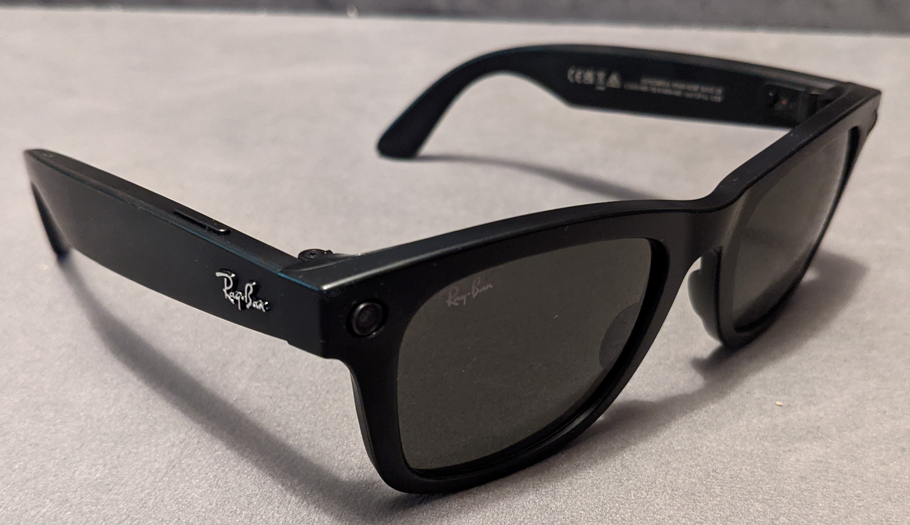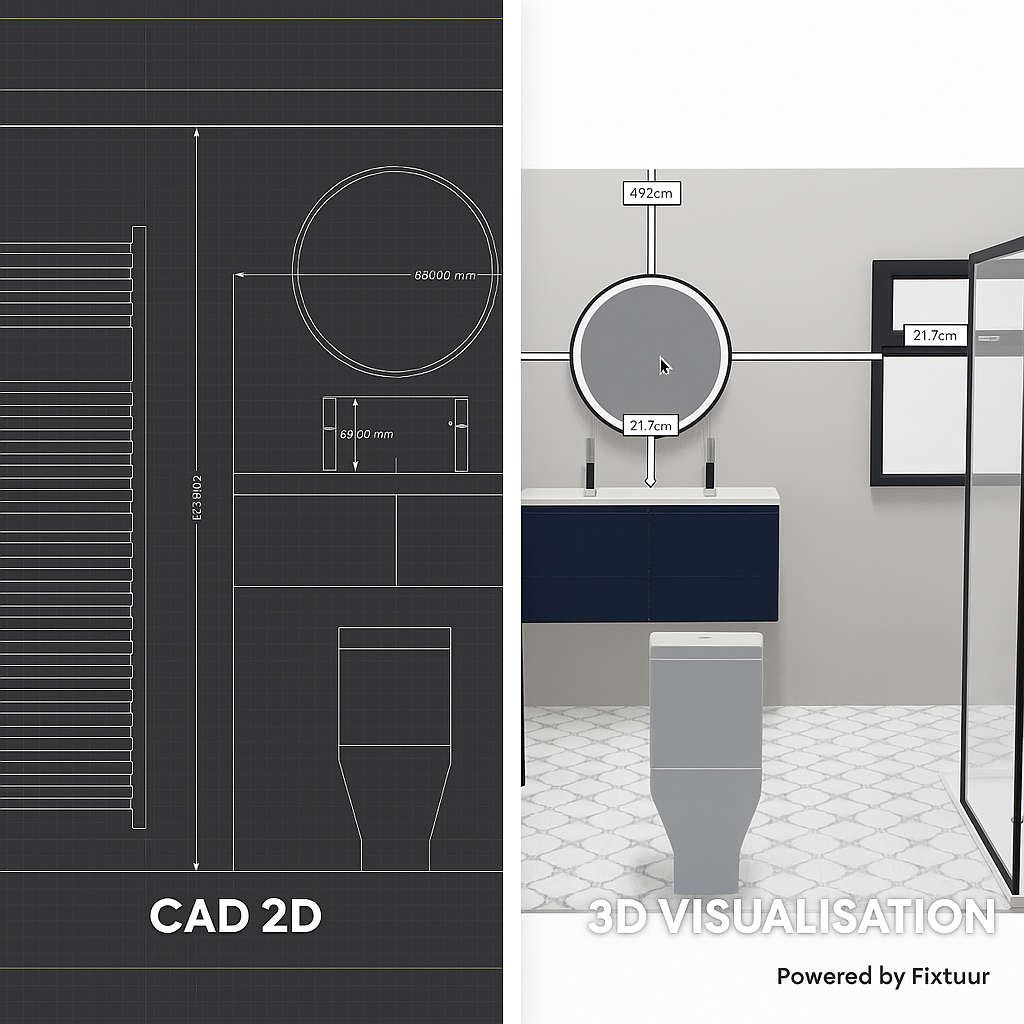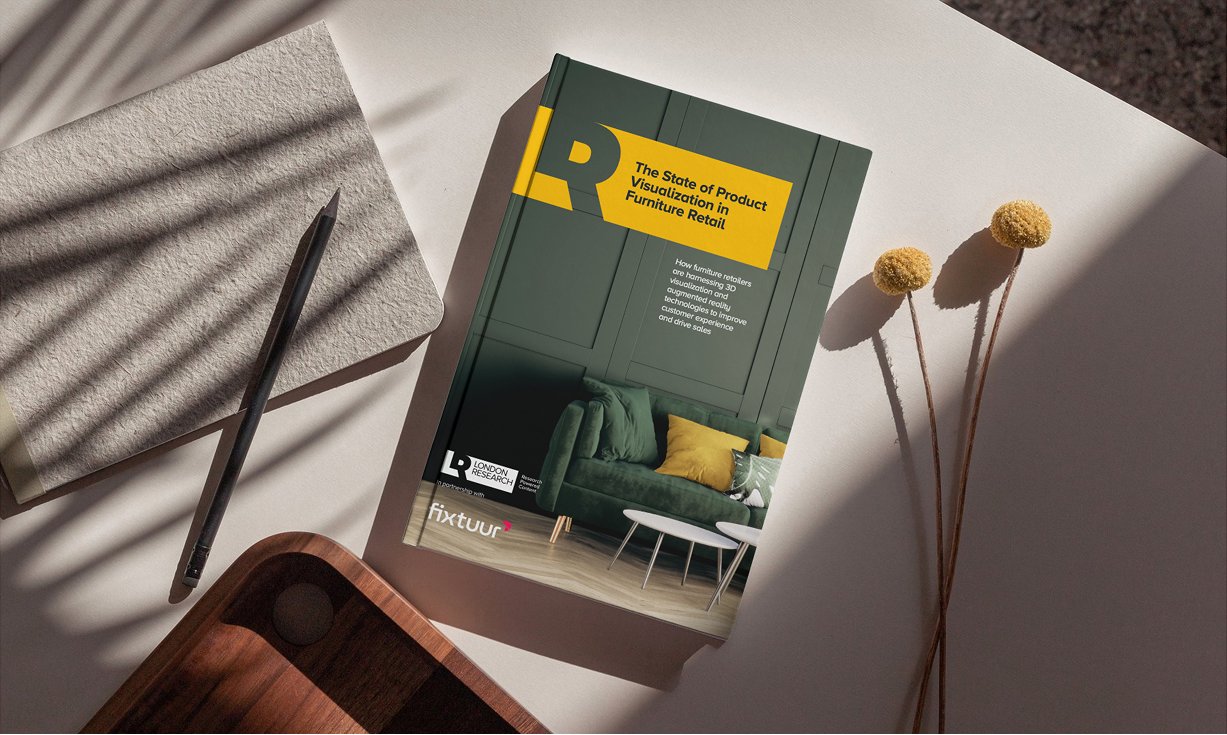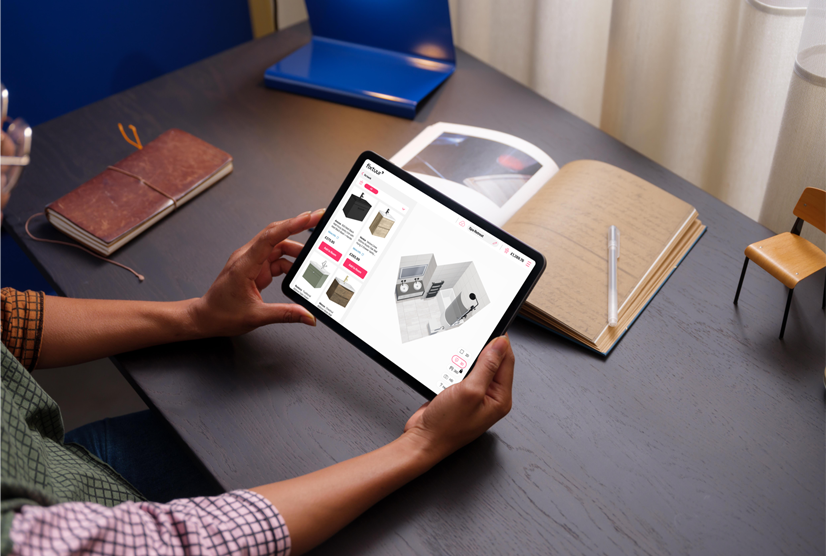Returniture Is Rising And Your Product Imagery Might Be Part of the Problem
Returns are rising fast in furniture and home improvement retail and new consumer research shows product imagery is a major driver. This article explores why shoppers struggle to trust what they see online, how mismatched expectations fuel the Returniture surge, and why static photos can’t keep up. Discover how 3D, AR and richer visual experiences can reduce costly returns by giving customers the clarity and confidence they need before they buy.
